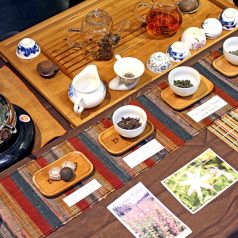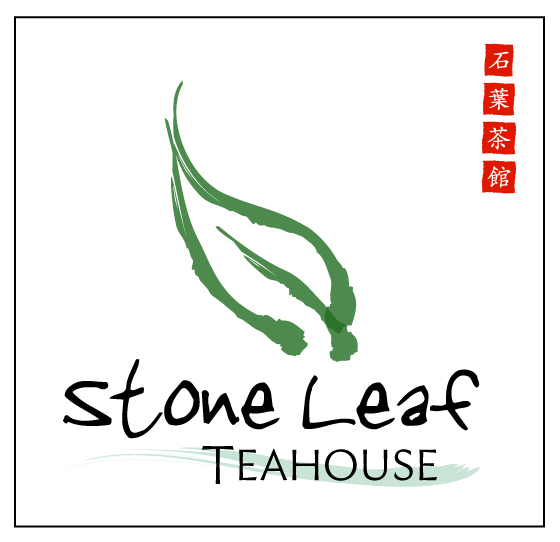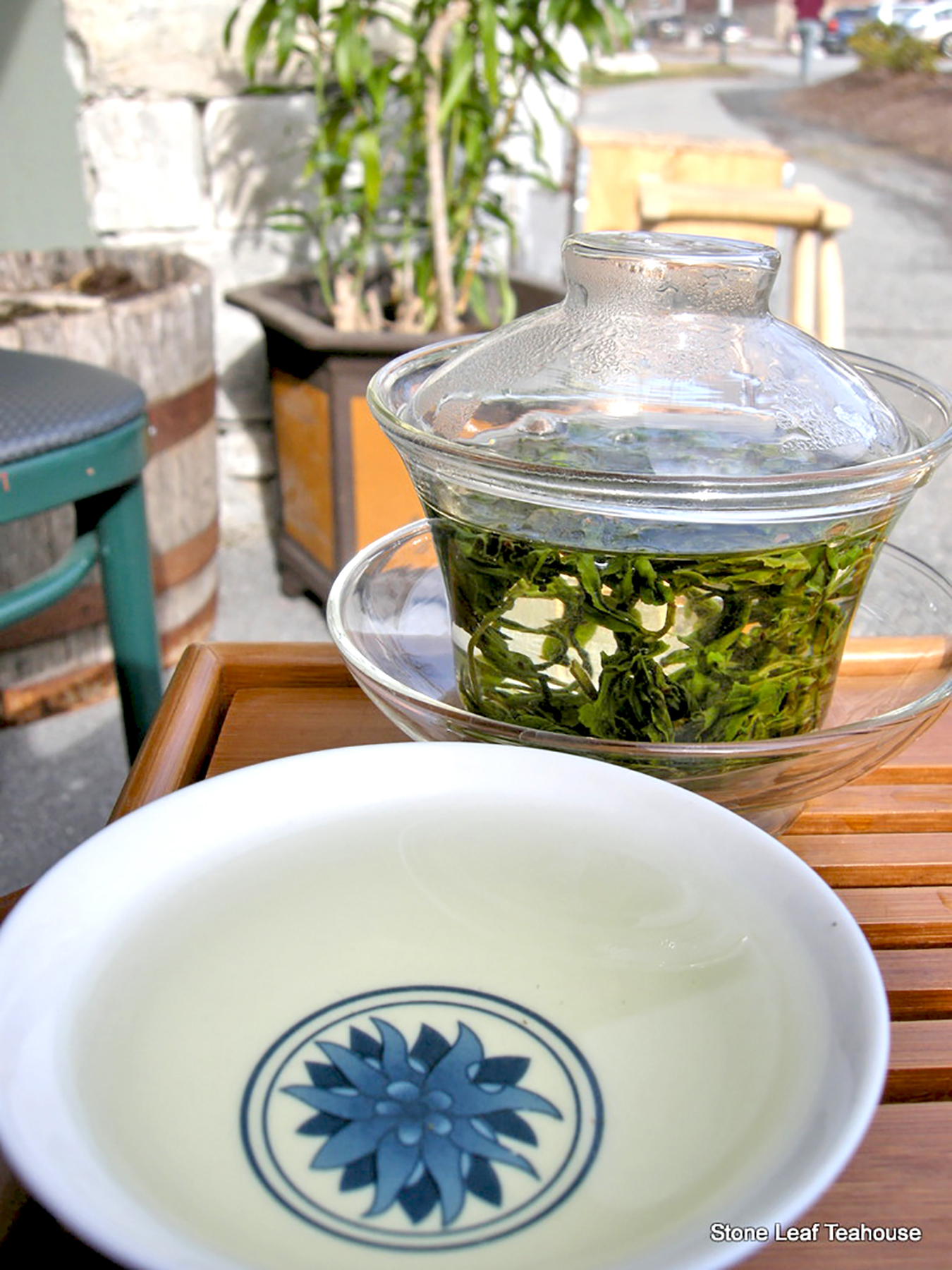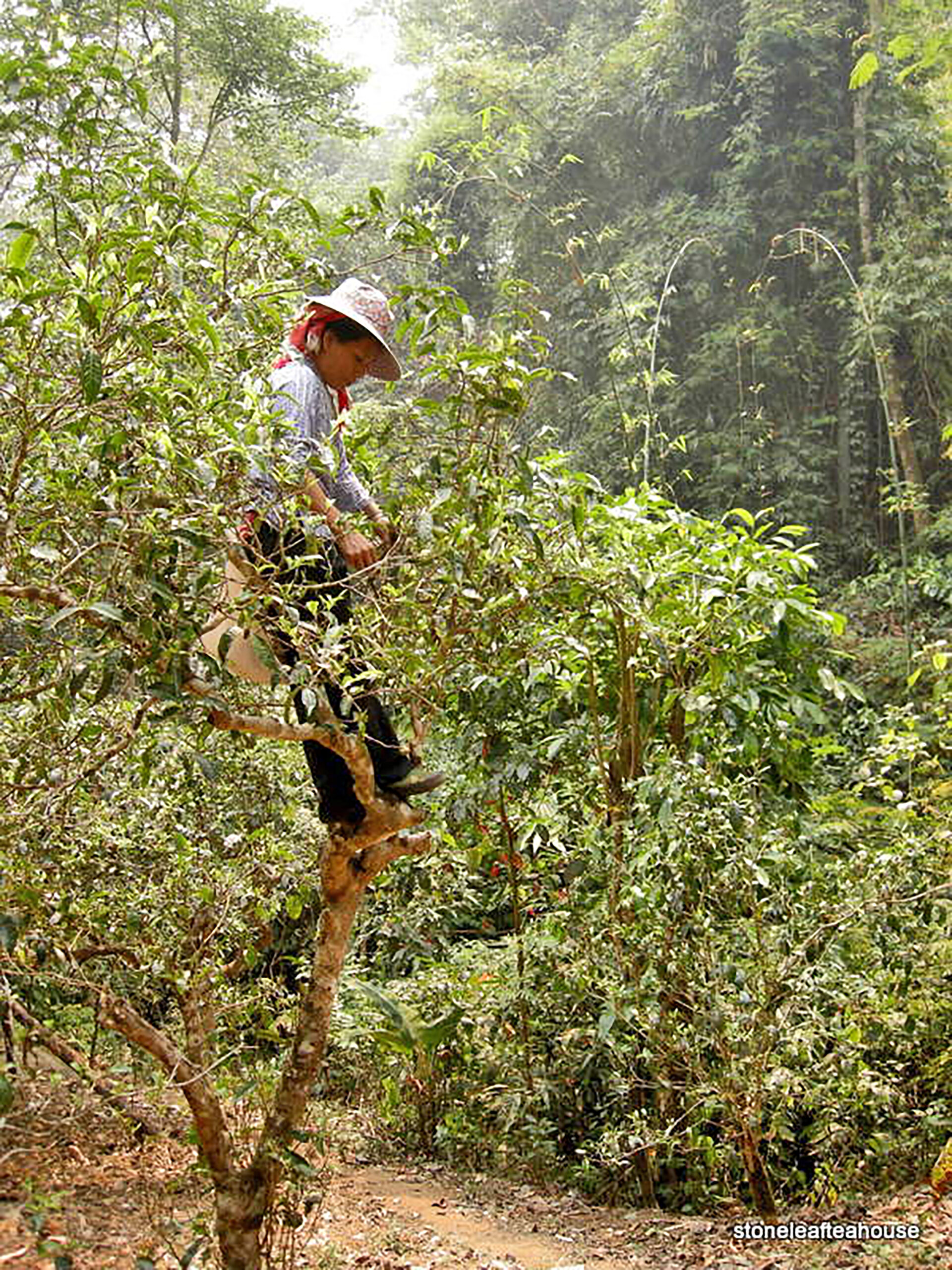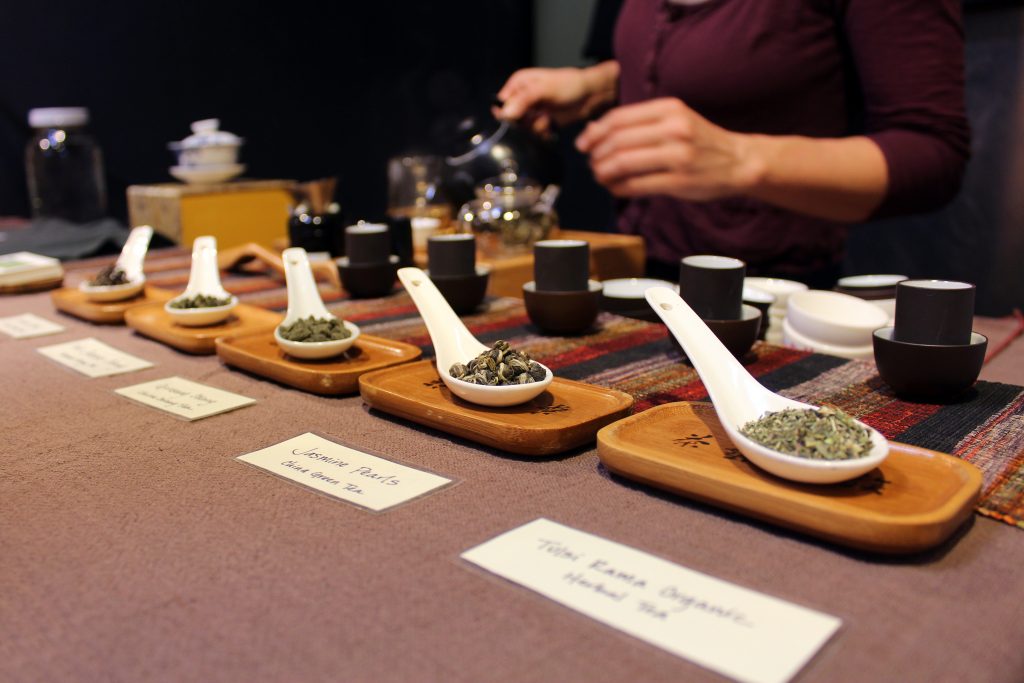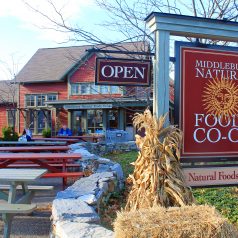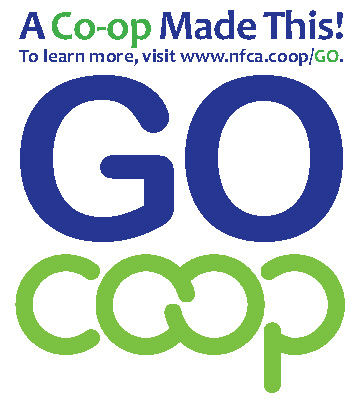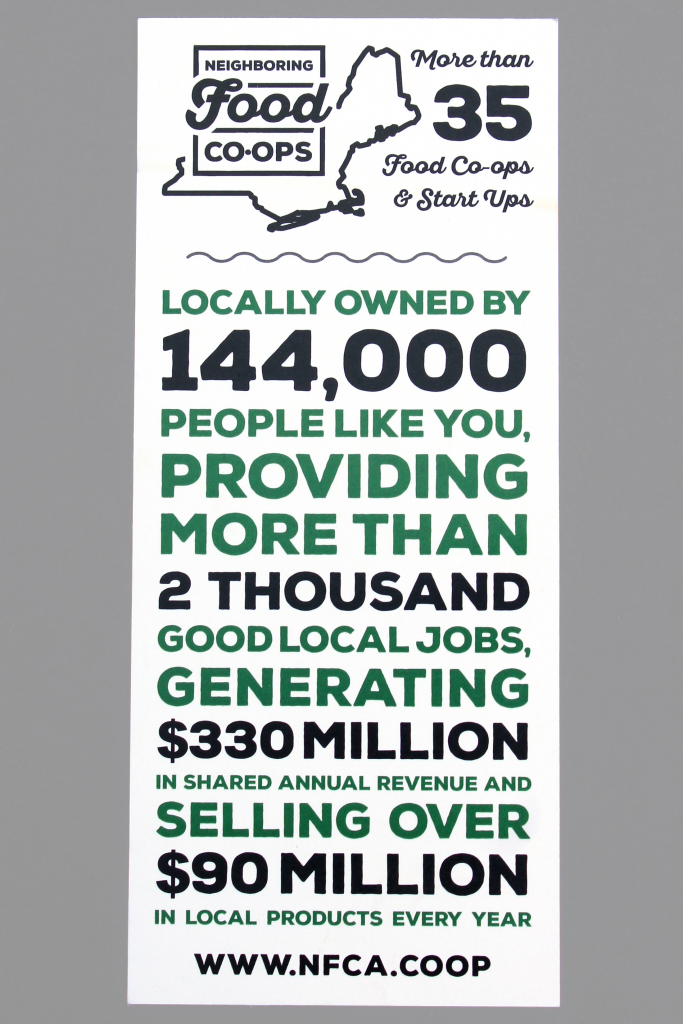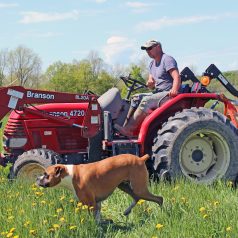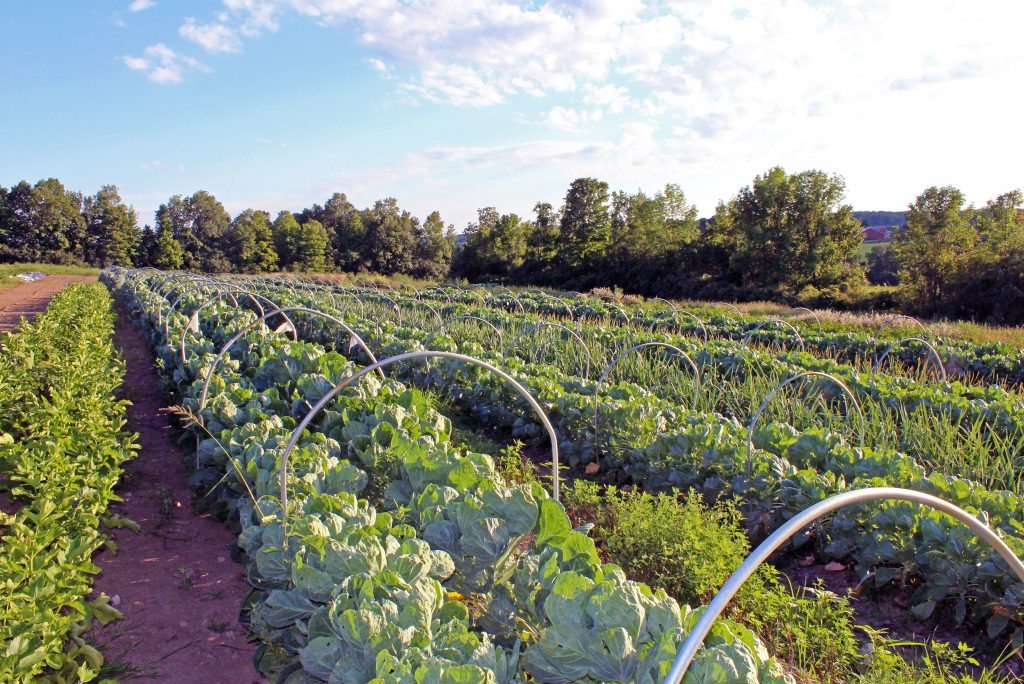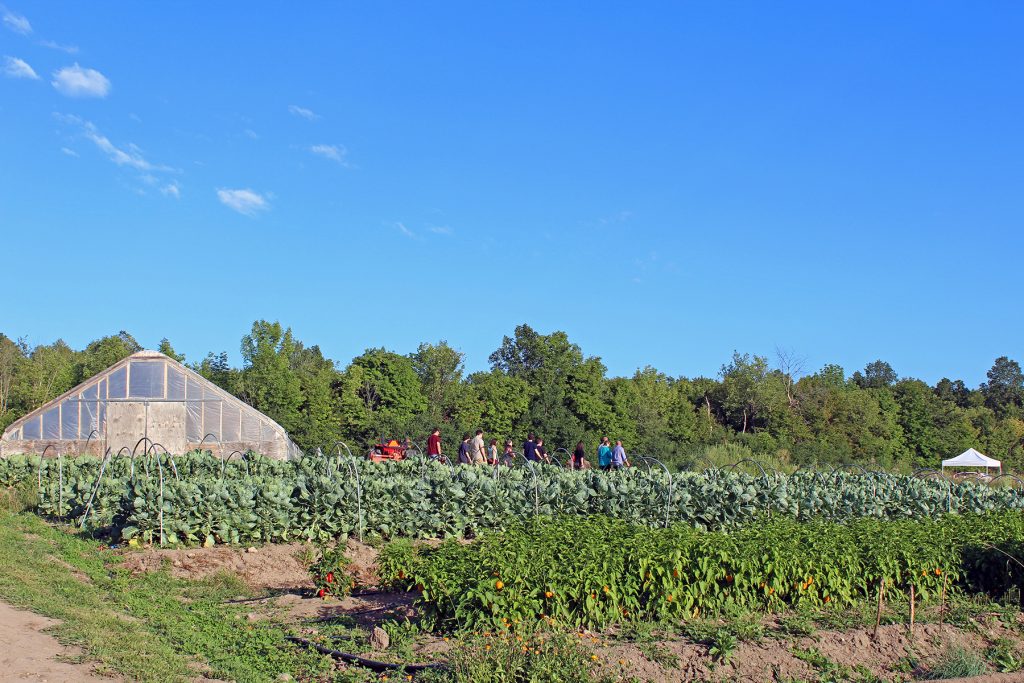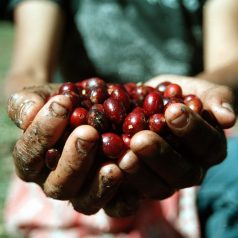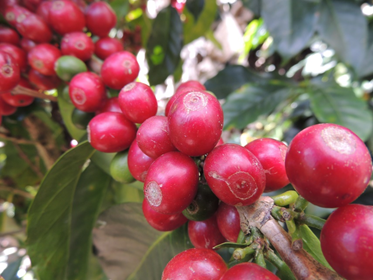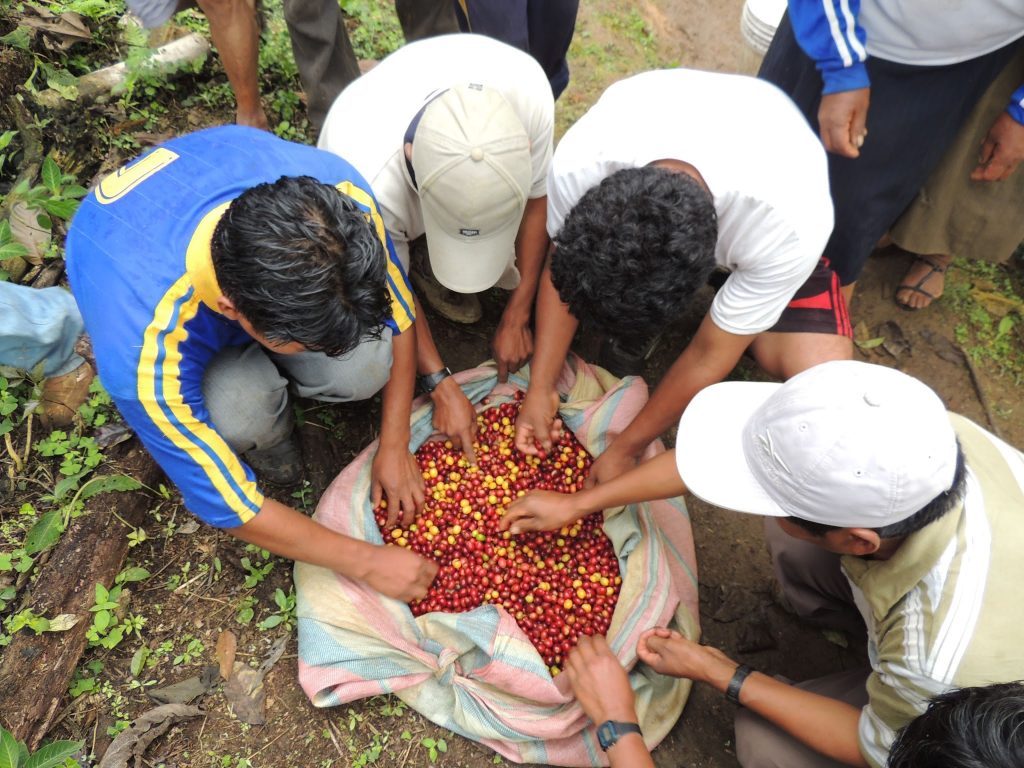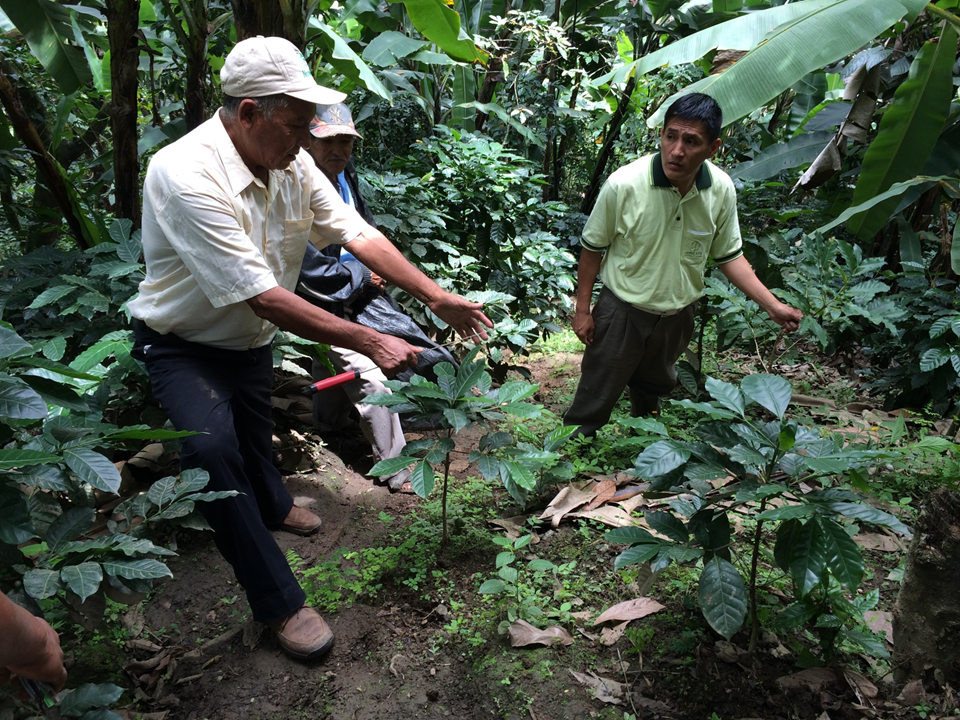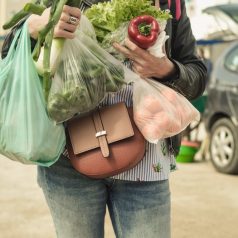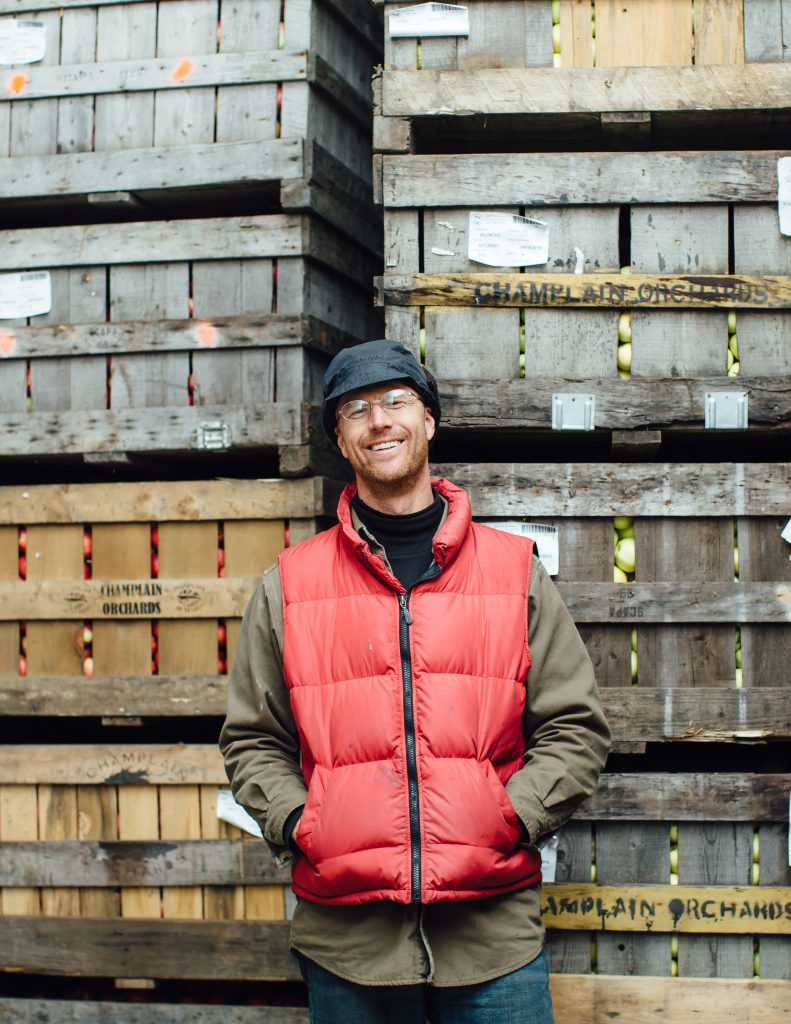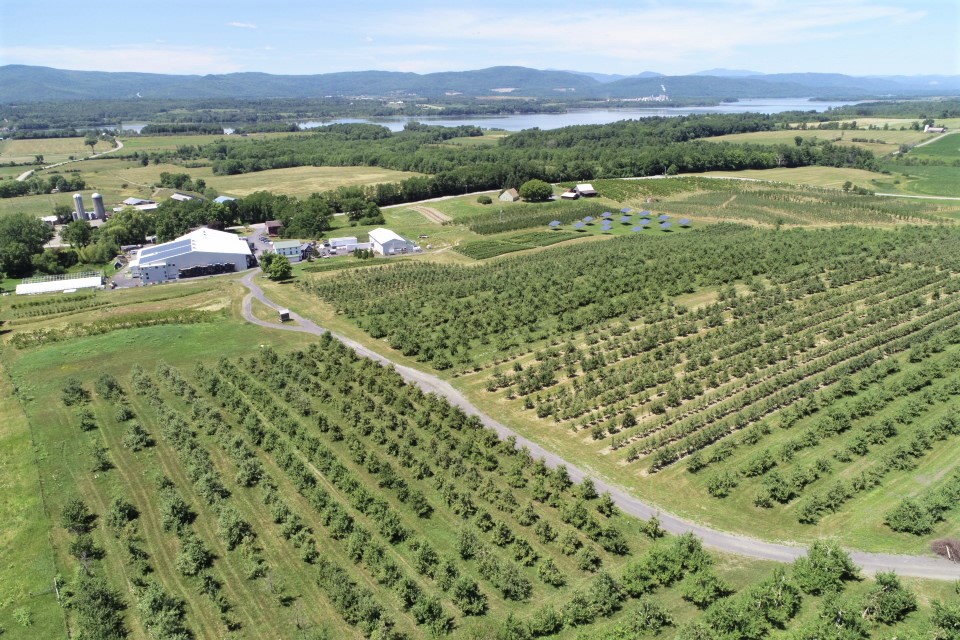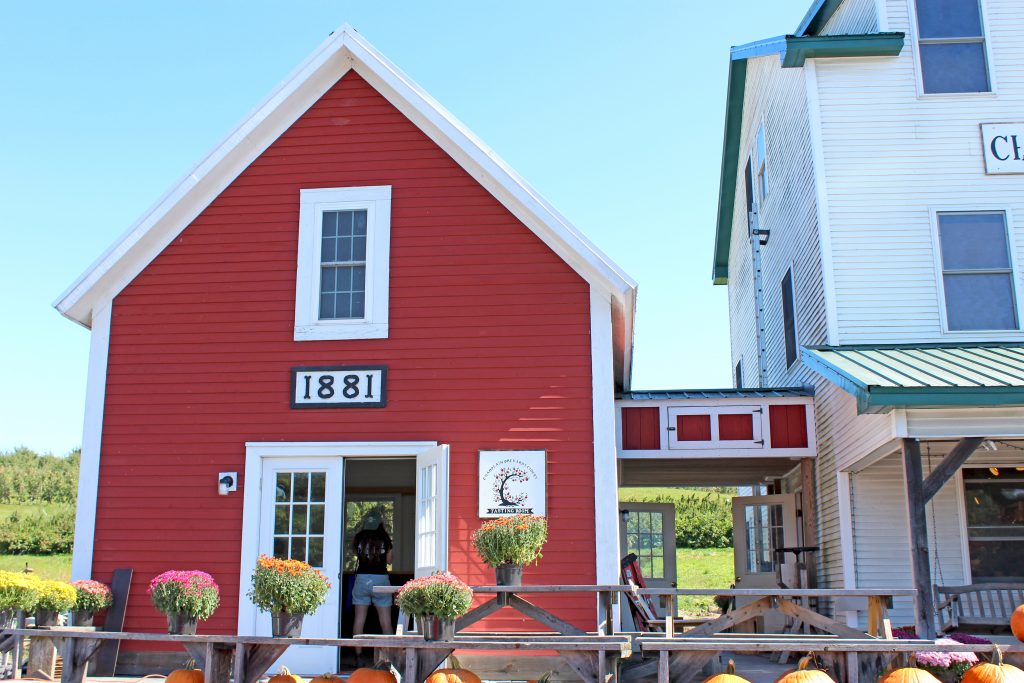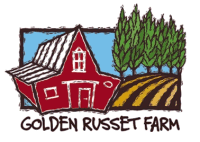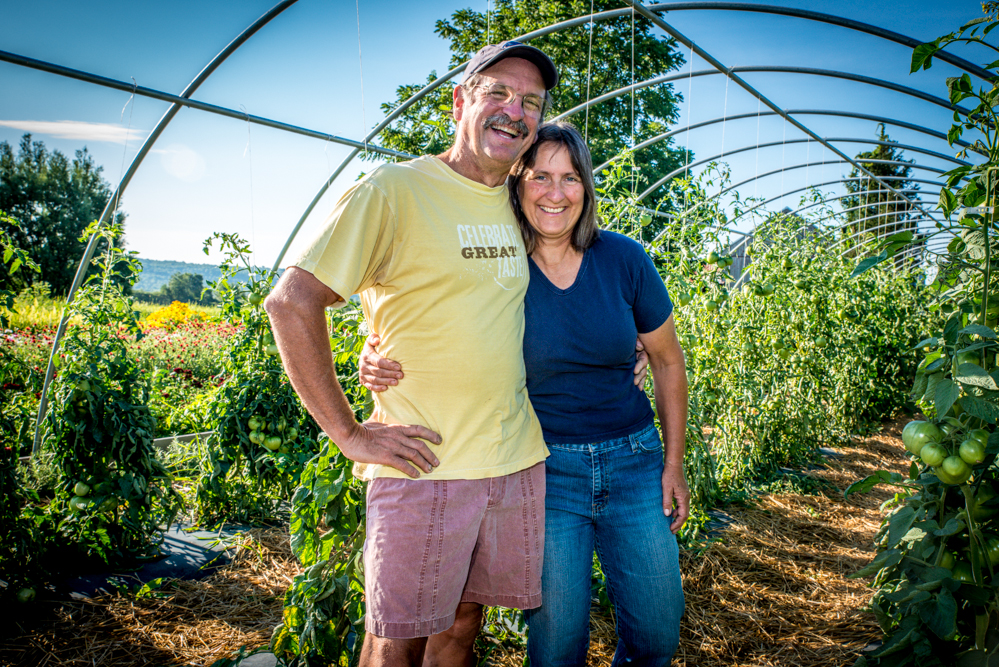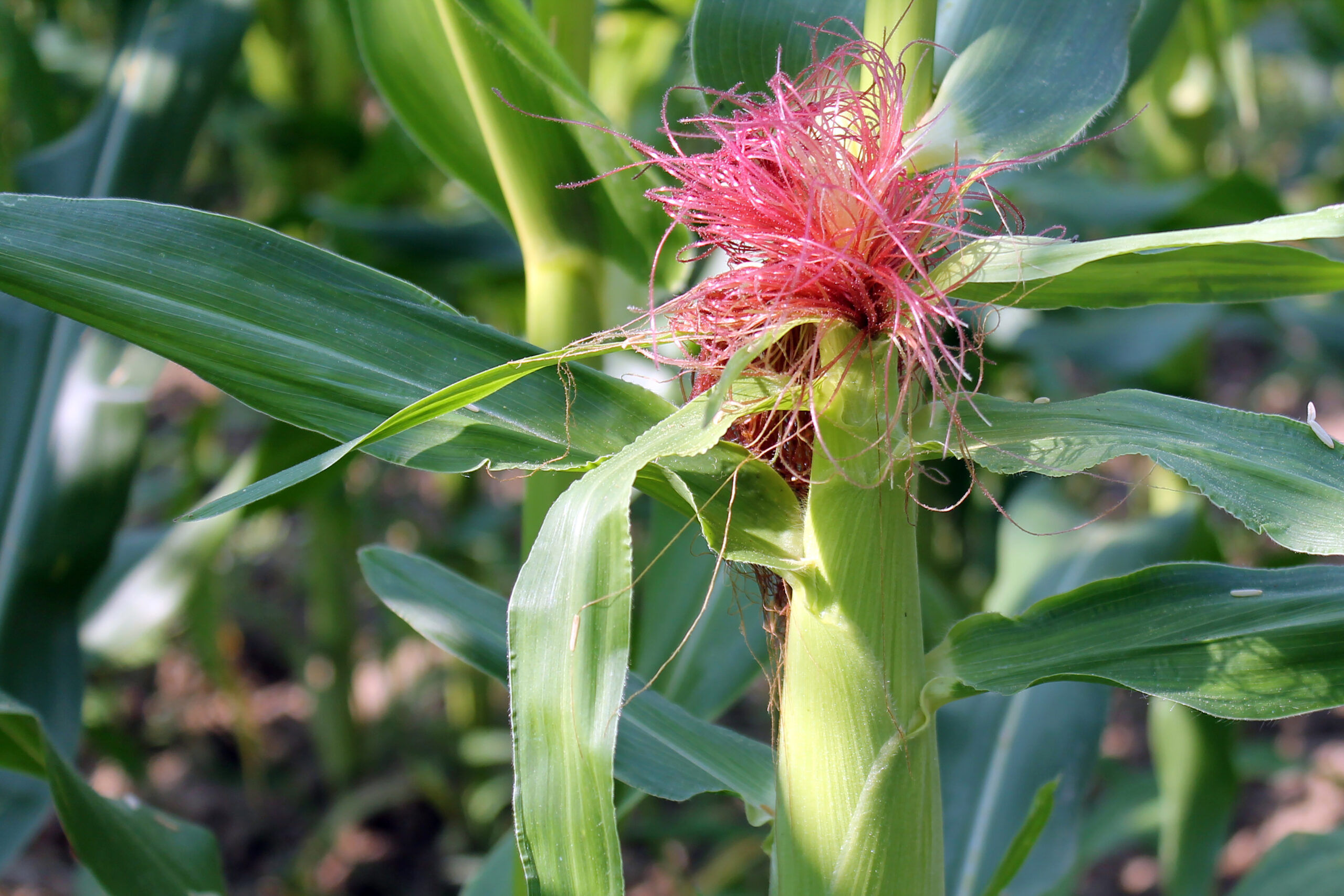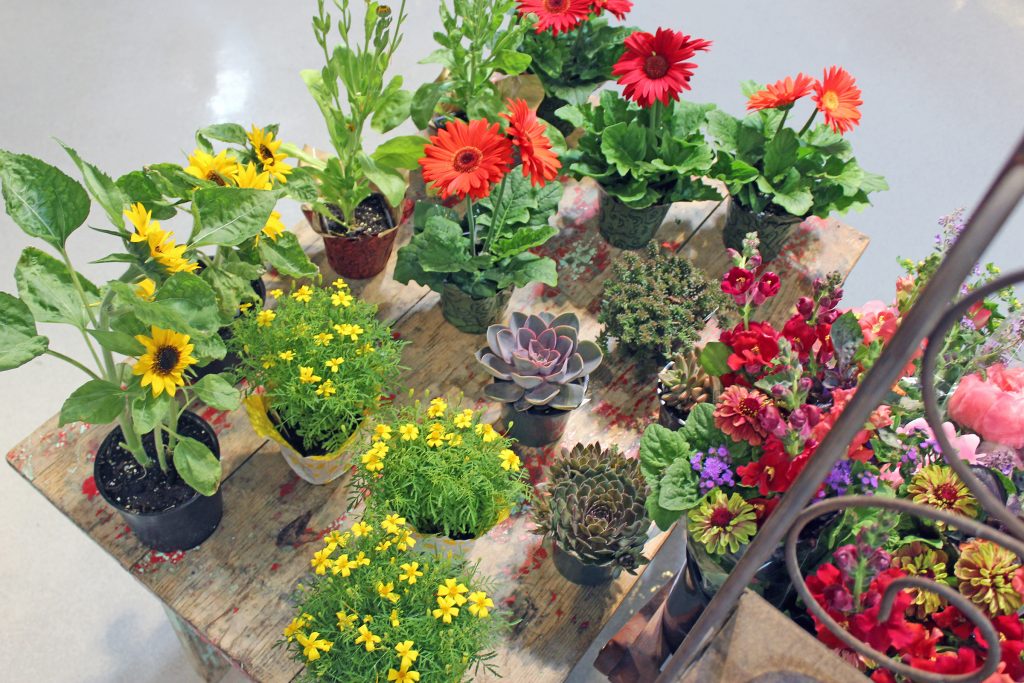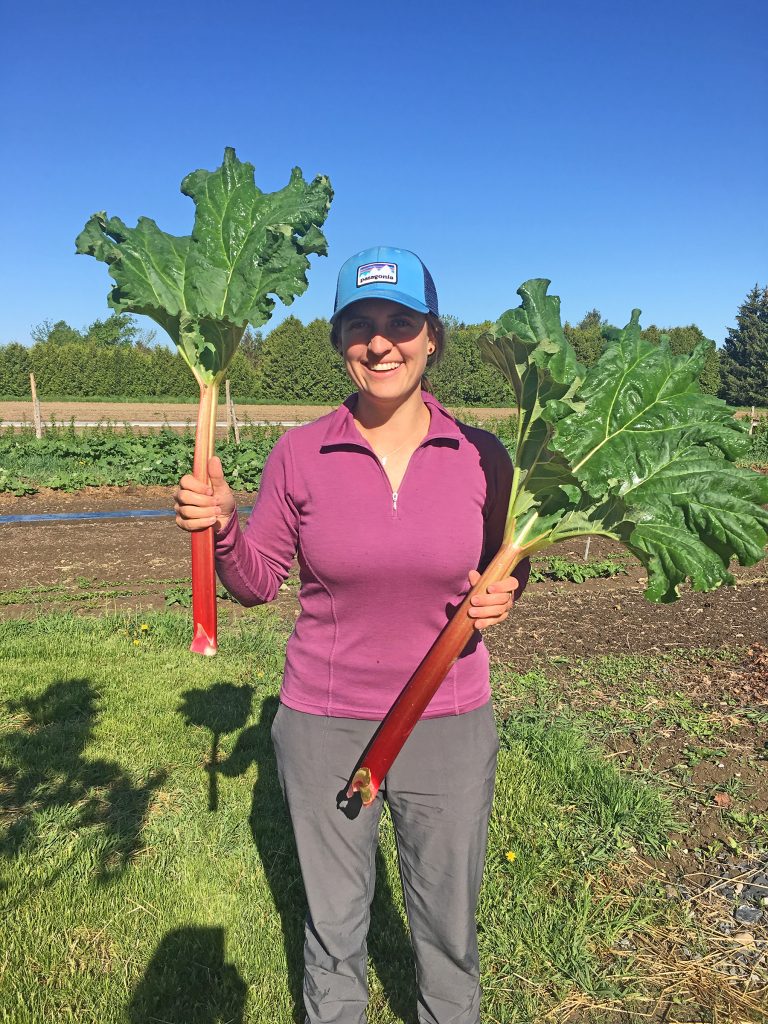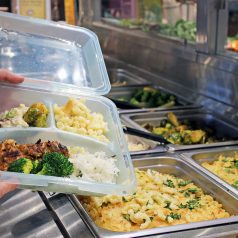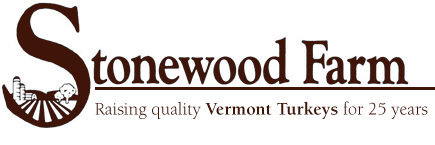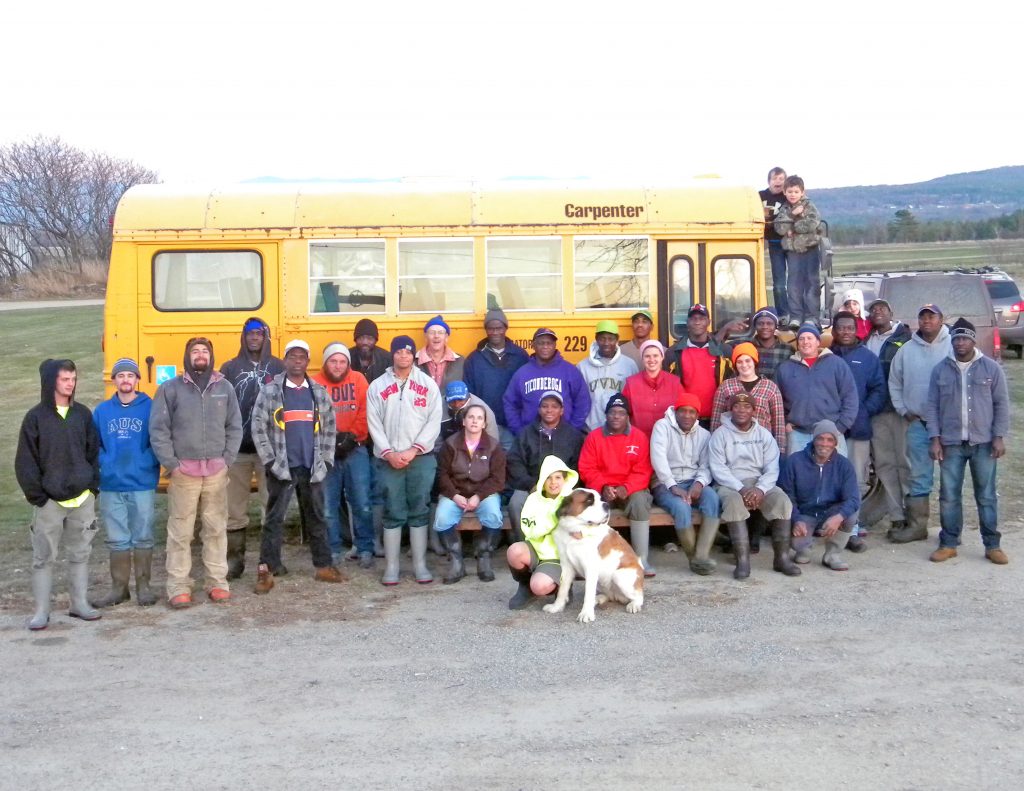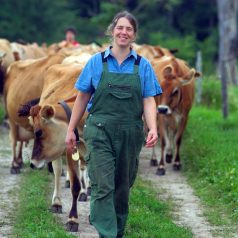
Spotlight on Organic Valley Co-op
October is Co-op Month and we’re shining our Member Deals Spotlight this week on America’s largest cooperative of organic farmers – Organic Valley! All Organic Valley products are 20% off for member-owners from October 4th – 10th! Read on to learn more about Organic Valley’s rich history, their commitment to their farmer-owners, and to the environment:
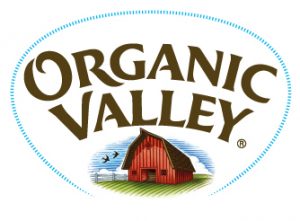
Their Story
Friends and neighbors around the Coulee region were discarded by a bankrupt agricultural system, and were told to “get big, or get out!” Industrial, chemical farming was the only existing option for survival. Never mind its effects on our health, our animals, and our environment.
But they didn’t want to be industrial, chemical farmers. And they didn’t want to be at the mercy of corporate agriculture. They knew something had to be done. So one farmer, George Siemon, put up posters calling his fellow farmers to band together. And they did. Family farmers filled the county courthouse and all agreed: There had to be a better way—a more sustainable way—to continue farming like they always had. In a way that protects the land, animals, economy and people’s health. And that’s how their farmer-owned cooperative was born, with George as CEO.
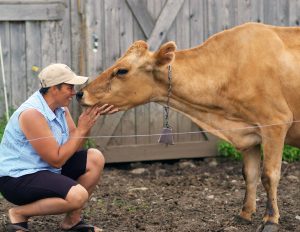
This pioneering group of farmers set high organic standards, which eventually served as the framework for the USDA’s organic rules. The cooperative first focused on organic vegetables, calling themselves the CROPP (Coulee Region Organic Produce Pool) Cooperative, and within a year they expanded to include organic dairy. Demand for their organic products grew, as did farmers’ interest in joining the thriving cooperative. Interest came from farmers and consumers all over the country, and it became clear that they needed a new name to represent their broader base. With that, the CROPP cooperative became Organic Valley.
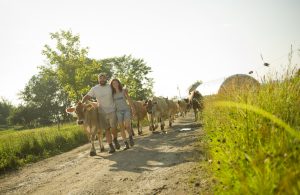
Now, almost 30 years later, Organic Valley continues to produce some of the highest quality organic dairy, vegetables, soy, and eggs. They remain farmer-owned and remain true to the powerful working model that puts the environment, wholesome quality food, and the farmer first. Their CEO is a farmer, one of the original founding farmers of Organic Valley. Even after all these years, George is pretty stubborn about the whole idea of giving consumers better food for their families while helping other small family farmers earn a fair wage for a quality product. Click here to read more about George, the “reluctant CEO”.

Why Grass Matters:
While most dairy cows spend their lives confined to dirt feedlots, all Organic Valley cows are free to roam pasture, eat green grass, and do what cows are supposed to do. Forgoing chemicals in their fields and raising cows on pasture keeps everyone healthier, reduces harmful runoff and builds living soil that actually draws carbon out of the atmosphere. It’s how cows were meant to live.
Click HERE to read more about the family of farmers that make up the Organic Valley Co-op and find out if there are any near you!
Click HERE for the top 5 reasons to choose organic.
Click HERE to read about sustainability initiatives at Organic Valley.
Click HERE for fabulous recipes.

